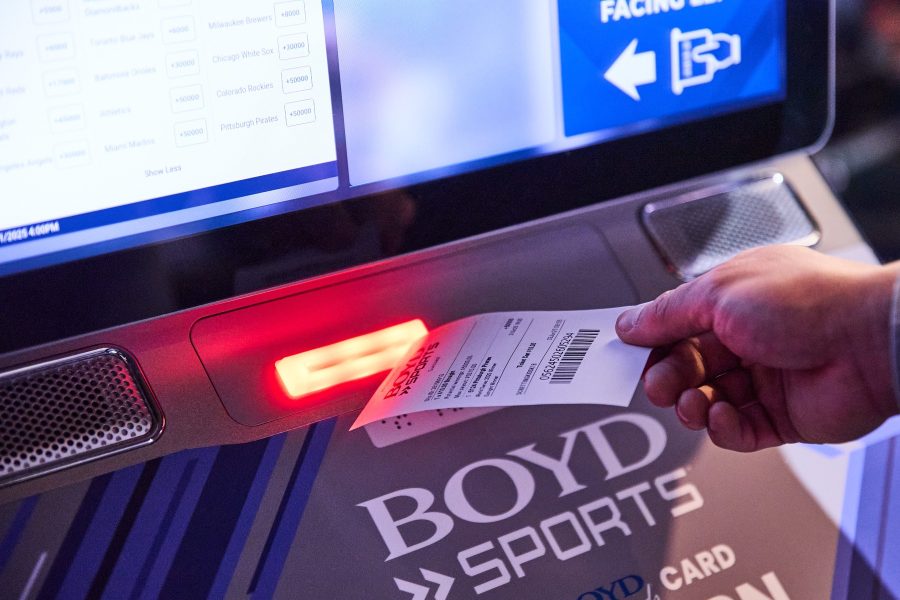Google has taken a decisive step towards practical quantum computers. A research team from Google Quantum AI has reported the first “verifiable quantum advantage”—in other words, a measurable computing advantage over conventional supercomputers that can be reproduced by other systems.
At the center of it all is a new algorithm called “Quantum Echoes,” which ran on Google’s new “Willow” quantum processor that was unveiled in December 2024. The system performed a simulation of quantum dynamics in just two hours, a task that would have taken the “Frontier” supercomputer around 3.2 years. That’s a 13,000-fold jump, according to a report published in Nature.
A bigger leap forward than last time
Google previously announced “quantum supremacy” in 2019, but was criticized at the time because the demonstrated computational task was far too theoretical and difficult to understand.
This time it’s different. The results of Quantum Echoes are verifiable, meaning that other quantum computers can perform the same exact calculation and arrive at the same result. This is the first measurable proof of the superiority of a quantum architecture in a real scientific task.
How Quantum Echoes works
The Quantum Echoes algorithm uses a method called out-of-order time correlator (OTOC). Researchers send a signal into the quantum system, deliberately disturb a single qubit, and then reverse the process. The returning “echo” reveals how stable the system remains. (You can think of it similar to an acoustic echo in classical physics.)
The experiment ran on Google’s 105-qubit Willow processor, which has already played a role in earlier advances in quantum error correction. The new demonstration shows that Google’s hardware is now precise and stable enough to deliver reproducible results, which is a critical step in building error-resistant quantum computers.
This method is not only theoretically exciting, but it can also be used in real-world applications. In cooperation with University of California, Berkeley, the Quantum Echoes algorithm was used to analyze molecular structures—and the results were consistent with nuclear magnetic resonance (NMR), except it also provided additional details that aren’t captured by conventional measurement methods.
What does this mean for the future?
According to Google, the Quantum Echoes algorithm could pave the way for practical use cases within the next five years. Examples include pharmaceutical research, the development of new materials, or even the creation of more powerful batteries. AI systems could also benefit, with quantum computing one day generating data that classical computers can’t even simulate.
Hartmut Neven, founder and head of the Google Quantum AI Lab, looks ahead: “Classical computers can naturally make approximations in these cases, but they cannot precisely calculate what happens at the molecular level. With a quantum computer, on the other hand, we can speak the language of nature and manage this complexity.”
According to Stern, the newly crowned Nobel Prize winner in Physics Michel Devoret, Chief Scientist at Google Quantum AI, calls Quantum Echoes yet another milestone. “If another quantum computer were to perform the same calculation, the result would be the same. This is a new step towards full-fledged quantum computation.”






